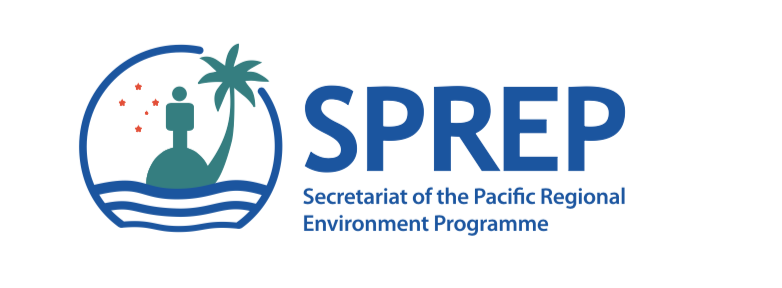Natural disasters are associated with generation of large volume of waste, damage waste management facilities, and disruption to waste services posing a risk to public health which through direct or vector-induced exposure. While considerable efforts have been focused on predicting and building resilience to climate change-related disaster impacts in the Pacific, the national management of debris and waste after each disaster event is still often ad hoc and uncoordinated.
Apart from public health and environmental issues associated with the collapse of waste services, the accumulation of excessive wastes can hinder post-event recovery efforts by limiting and blocking access to affected communities. Waterways, agricultural areas, and local food source are at risk of contamination from improper disposal and management of hazardous disaster waste.
Uncoordinated collection and disposal of disaster waste can also overwhelm local waste disposal facilities and exacerbate the impacts of inadequate disposal practices. In some instances, waste disposal sites may be directly affected by the disaster, becoming inaccessible or unusable (e.g. due to flooding), and they may also pollute the surrounding environment due to the release of waste and pollutants. Despite the challenges of managing disaster waste, it should be recognised that short-term recovery efforts could be assisted by recovering valuable resources from disaster waste (such as concrete, steel and timber) for rebuilding and organic materials for composting to aid in replenishing subsistence gardens.
This group aims to share resources, knowledge and lessons learned to:
- Raise awareness on how critical proper waste management is and how it can improve the capacity of Pacific Island Countries to prepare for emergencies and disasters, thereby ensuring timely and effective response and recovery,
- Increase capacity of stakeholders on estimating disaster waste volume, segregation, safe handling and storage.
It's objective is to support Disaster Risk Reduction works by providing technical support for stakeholders on effective and safe handling of disaster waste ultimately reducing health and safety risks on local communities.
